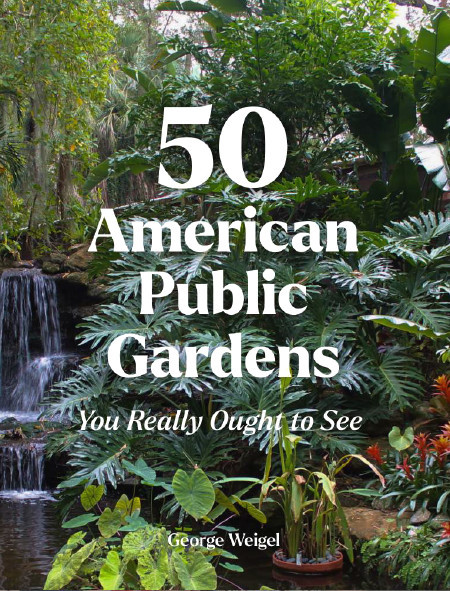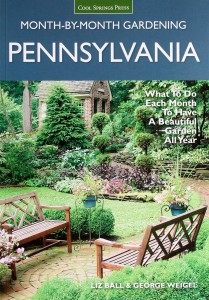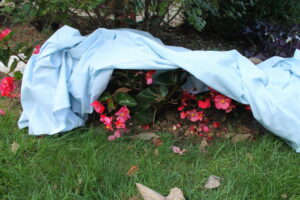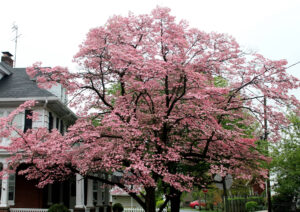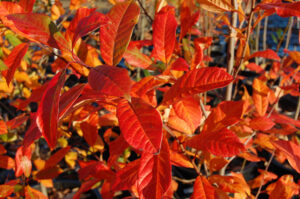Don’t Freak Out Over the Cicadas
June 3rd, 2025
Sometime in the next few weeks, millions of locust-like bugs called cicadas will emerge from 17 years of slumber underground.
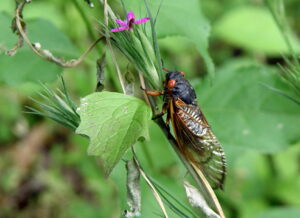
This is what a 17-year cicada adult looks like.
They’ll screech and fly around some 24 counties in central Pennsylvania for about six weeks, no doubt causing plenty of gardeners to fear that their plants are doomed.
Although the cicada’s Biblical-proportion numbers and grating sounds seem foreboding, this buggish version of Halley’s Comet isn’t harmful to people and doesn’t even pose much of a threat to plants.
These bugs make up so-called Brood XIV (14) – a band of three different species of cicadas (Magicicada) that emerge once every 17 years.
They’re forecast to appear around mid to late May in Adams, Cumberland, Franklin, Perry, Schuylkill, Snyder, York, and 17 other Pennsylvania counties as well as parts of 12 other states.
Periodical cicadas – which are native to eastern North America and found nowhere else in the world – tend to stick to wooded areas and areas with ample trees and shrubs that have been undisturbed for the last 17 years.
Here’s what’s about to unfold.





